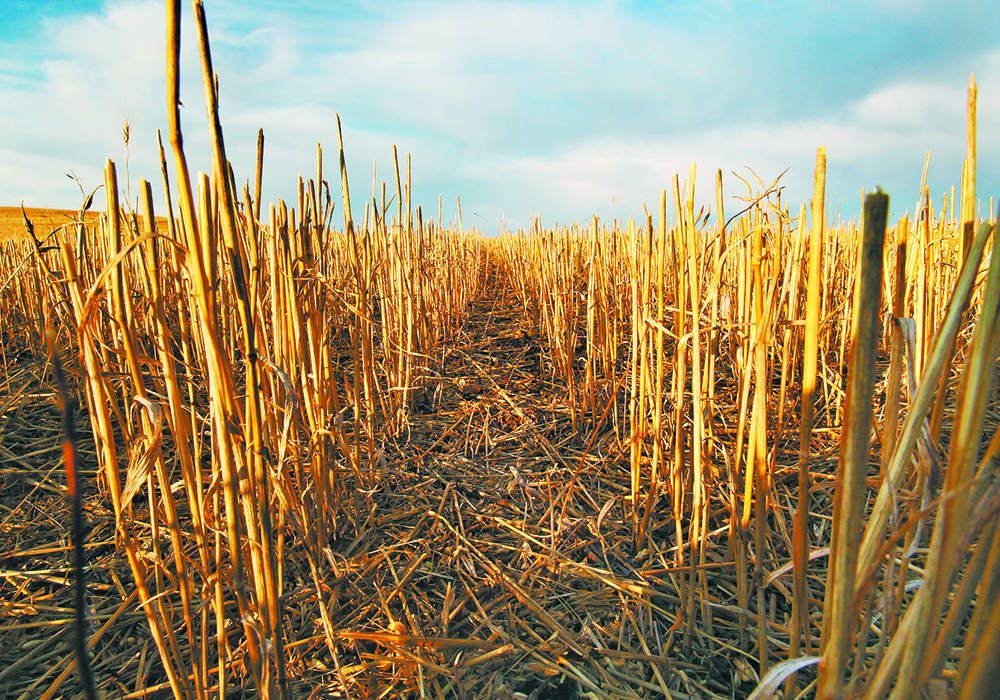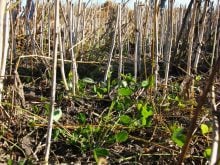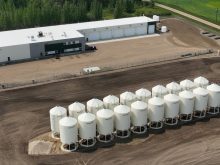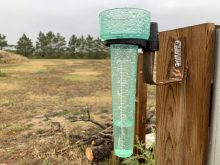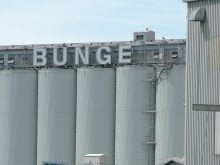Ian Thorson recycles nutrients by harvesting residue. Some are utilized by his 87-head cow herd as they eat the straw. The manure is applied to the soil.
How efficient is this nutrient recycling plan? It would take a team of grad students to answer that question because it touches on so many disciplines.
But to Thorson, it’s a moot point. He wants two things: straw for his cow-calf operation and a clean field in the spring so he can get his crop in without stopping to unplug the drill.
Read Also
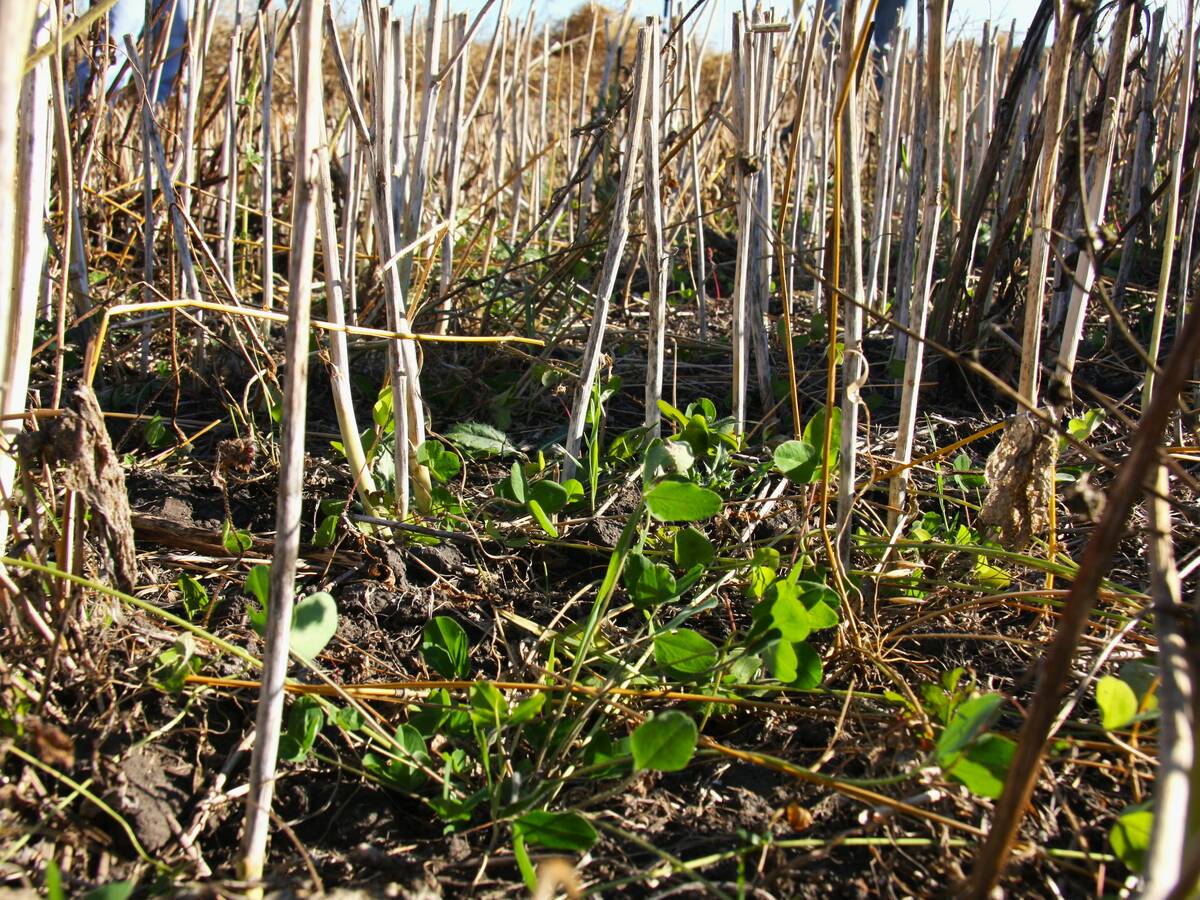
Saskatchewan project sees intercrop, cover crop benefit
An Indigenous-led Living Lab has been researching regenerative techniques is encouraging producers to consider incorporating intercrops and cover crops with their rotations.
During a phone interview, Thorson says he accepts that he will need to add potash and other nutrients to replace what he’s removing. It’s that old nutrient bank account formula.
“My opinion is there’s probably $15 per acre worth of nutrient we’re removing. Soil tests will tell us for sure,” says Thorson, adding that some farmers drop the straw for baling but spread the chaff. The downside of that is they are also spreading weed seeds into more areas.
“You may not lose as much potash as you imagine. Probably 50 percent of the potash remains in the roots and the roots remain in the ground.”
He jokes, “I’d like to do some research on my nutrient re-cycling, but my research abilities are not up to contemporary scientific standards.”
Agronomist Ieuan Evans, also known as Doctor Copper, says the cost of removing residue is much higher.
In a phone interview, Evans says the math is simple. It starts out with two tonnes of straw in a typical wheat field. Those two tonnes contain 30 pounds of nitrogen.
“That nitrogen is currently $1.20 to $1.40 per lb. If you do the math on urea, it’s about $1.30 per lb.,” says Evans, adding that he’s done these calculations for years for clients when he worked at Alberta Agriculture and at AgriTrend.
“Look at potash. There’s 60 to 70 lb. of potash in that straw at about 80 cents per lb. When you look at phosphate, there’s about 10 lb. of phosphate in that straw at about $1.30 a lb. Then you add in about 10 pounds of sulfur at 70 cents a lb. At today’s prices a 500-lb. straw bale contains about 35 bucks in fertilizer. If we had made those calculations last year, that same bale would have contained only 15 bucks of fertilizer.
“Lee Hart called me up and said this guy is asking $75 for a 500-lb. bale of straw. Is that possible? I told him you can add at least another 10 bucks to bale the straw, pick the bale up from the field, haul it some distance, wrap it or put it in a shed to keep it dry. Today, that 500-lb. bale has cost the farmer $45 for inputs. Selling it for $75 isn’t un-reasonable.”
Taking the math further, Evans figures each 500-lb. bale removes $45 worth of nutrients that will need to be replaced. A typical wheat crop will yield eight such bales, for a total nutrient loss of $360 per acre if straw and chaff are baled and removed.
Two years ago, Evans published the following list of the benefits of maintaining crop residue in Grainews.
- Cereal straw and other crop residues are good holders of water in the soil, particularly sandy soil.
- Soils high in organic matter modify and mute soil residual herbicides. You see herbicide residue damage on eroded hilltops but not on the main part of the field.
- Residual organic matter holds onto fertilizers, particularly leachable nitrogen and sulphur.
- Residues allow for easier crop root penetration when they are lightly disced into the soil or during seeding.
- Residues help water penetration into the soil and significantly prevent water runoff and soil erosion.
- Residue is food for increased earthworm activity. Earthworms tunnel down into the soil from the surface greatly aiding soil aeration and water penetration.
- Soil with many years of 100 percent crop residue return is more mellow and reduces tractor draw pull, allowing for less horsepower or fuel consumption.
- Organic matter will blacken light-coloured soils and speed up soil warming.
- Crop residues combat soil diseases by providing food for harmless saprophytic fungi and bacteria, which in turn kill off or reduce plant-disease-causing microbes.
- Crop residues provide a food source when it breaks down to nodulating bacteria such as rhizobia so they survive better between legume crops.
- Crop residues greatly reduce soil compaction, particularly in clay-based soils.
- Residues return nutrients to the soil, which are released over time.
- High bacterial and fungal populations help release more nutrients such as potash (K) and phosphate (P) from soil minerals.
- Fertilizer input will be reduced by leaving the cereal straw on cropland.
- A straw chopper attachment to a combine is much cheaper to operate than a straw baler, resulting in improved cropland and financial returns.
- Wet compacted clay soils are most subject to loss of nitrates via denitrification.
Evans says farmers don’t always like his message, but he stands behind his math.
“I try to demonstrate the excellent benefits of crop residue and manure and compost to any and all cropland. I tend to speak my mind because it’s hard to bite my tongue all the time.”


